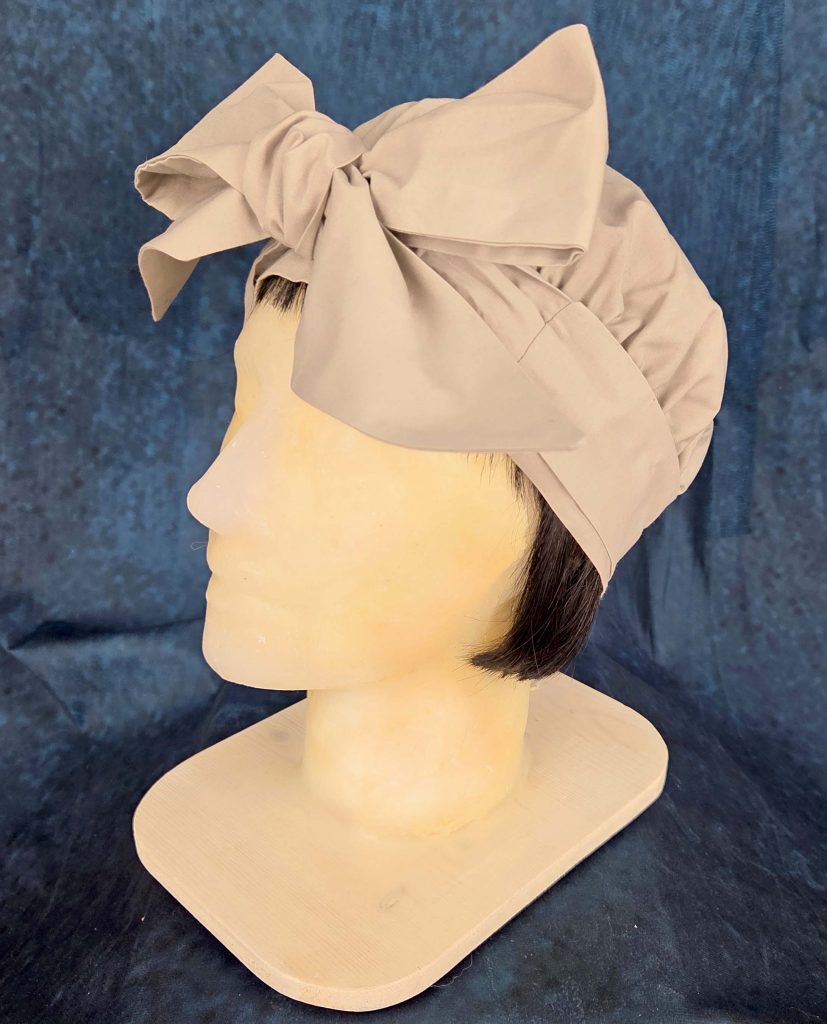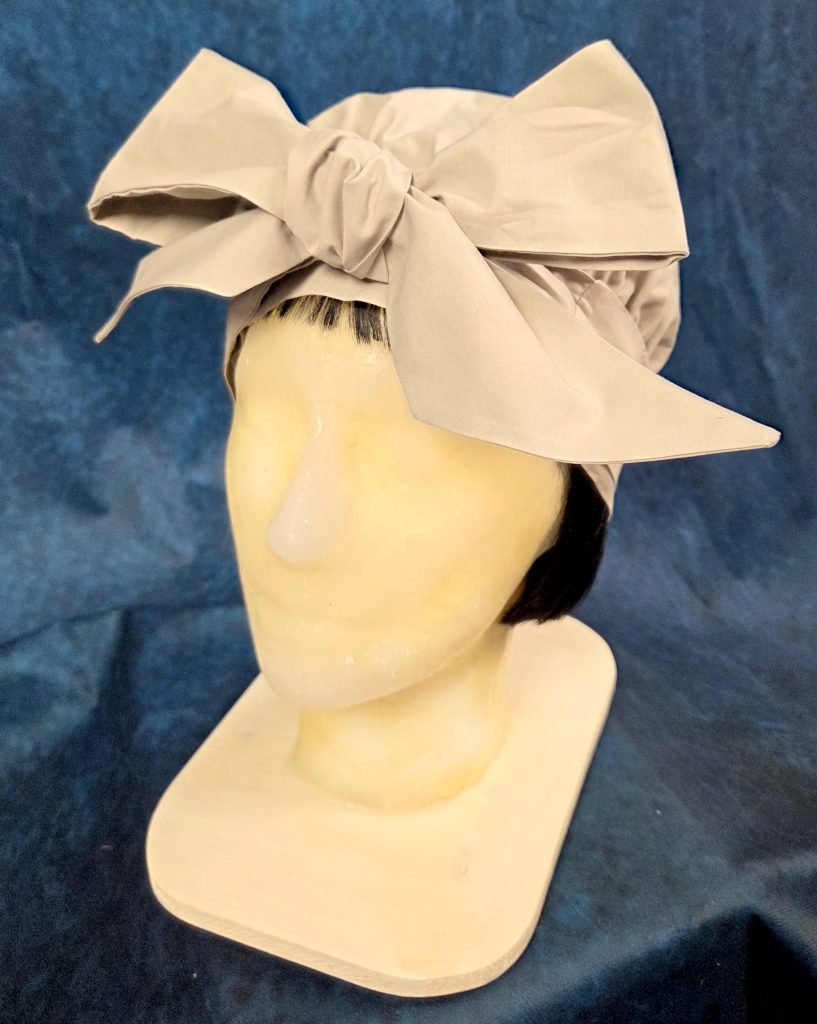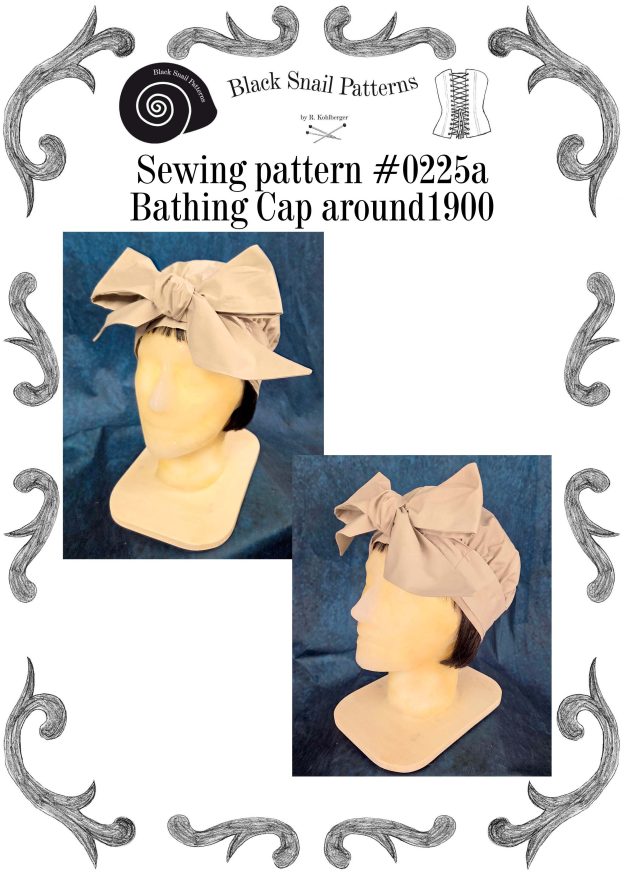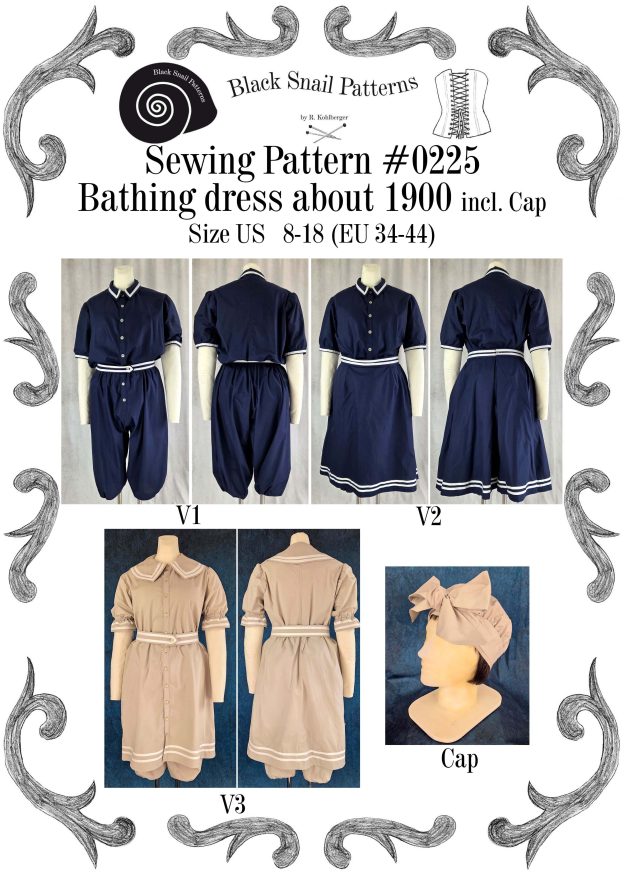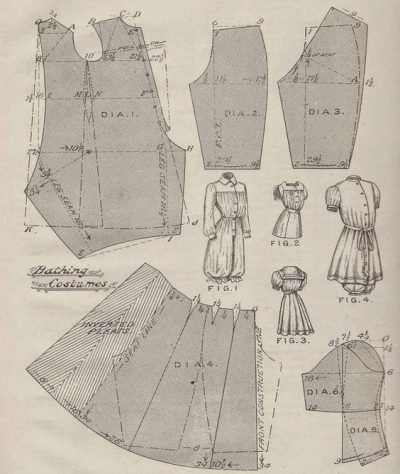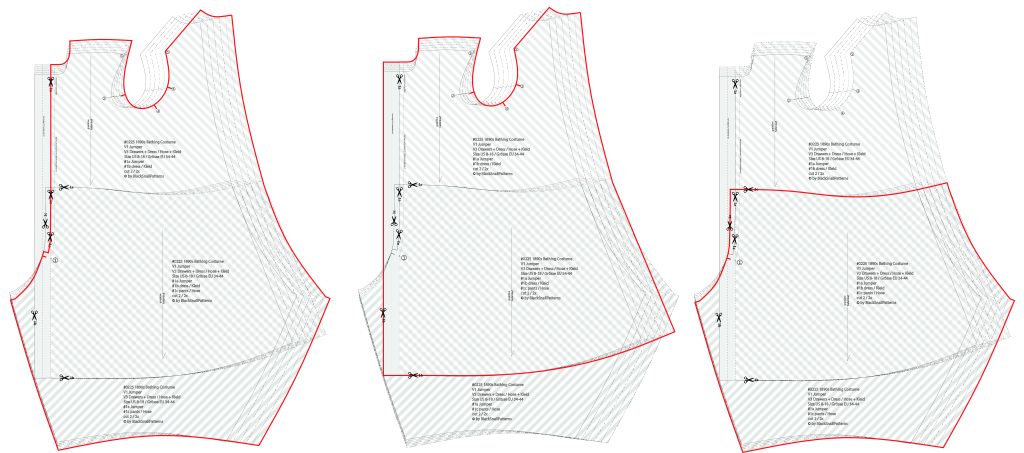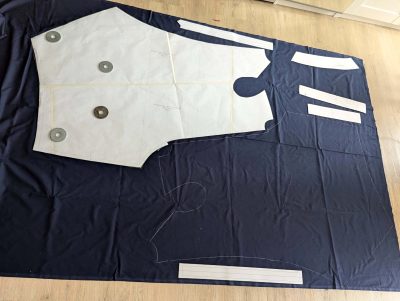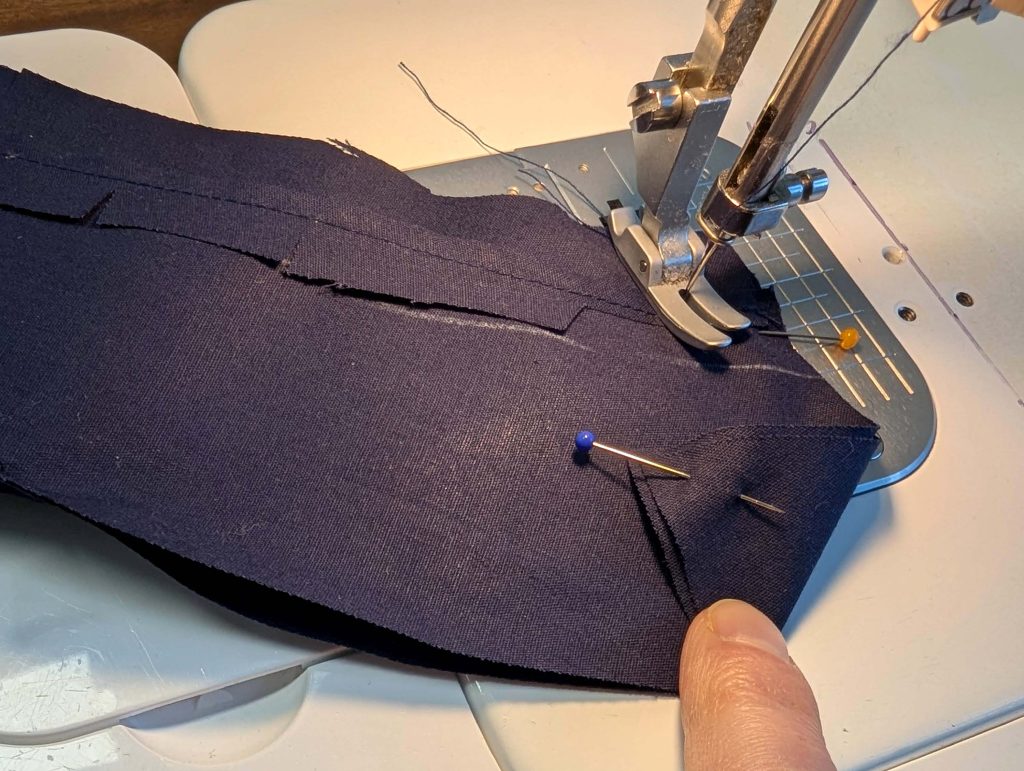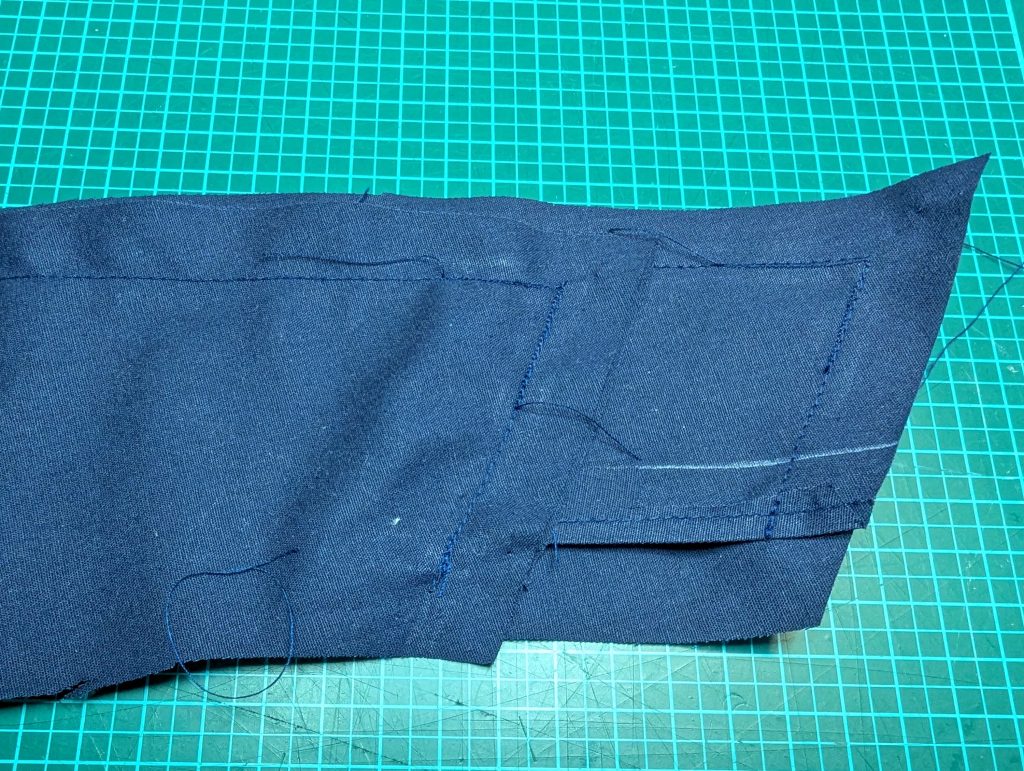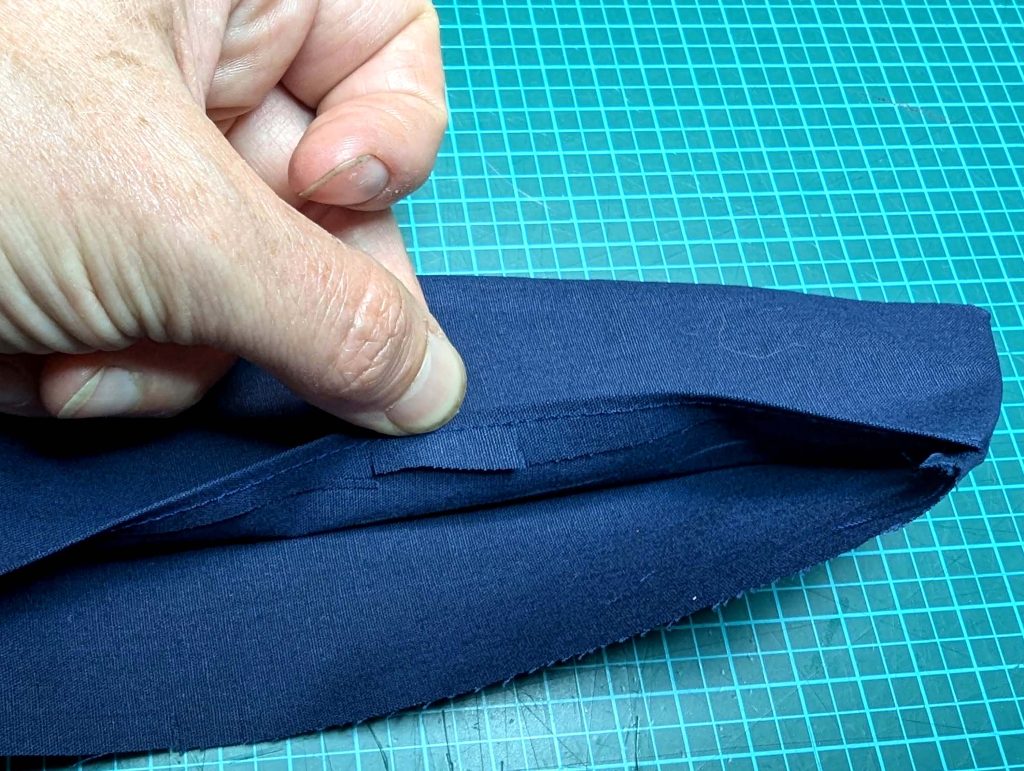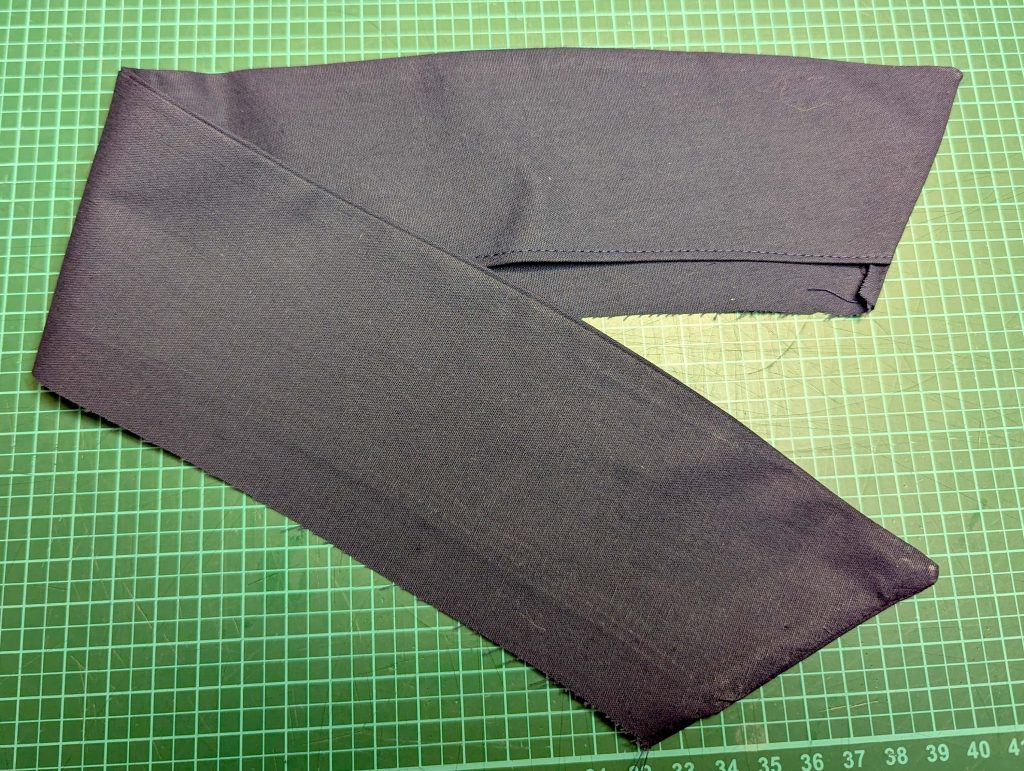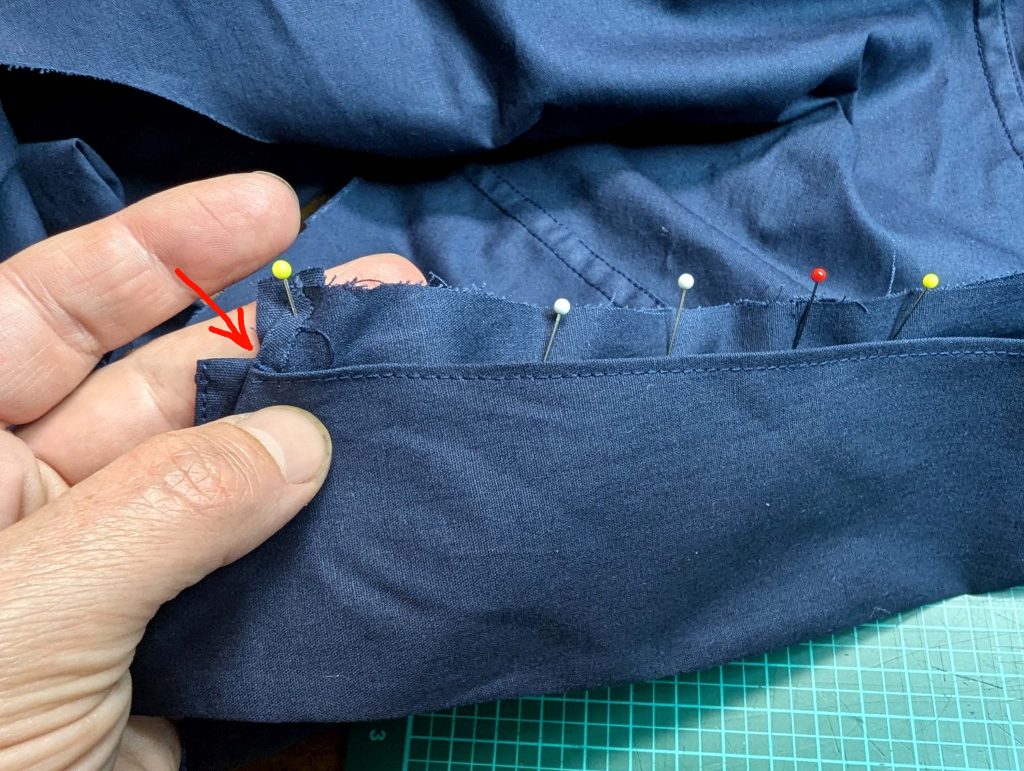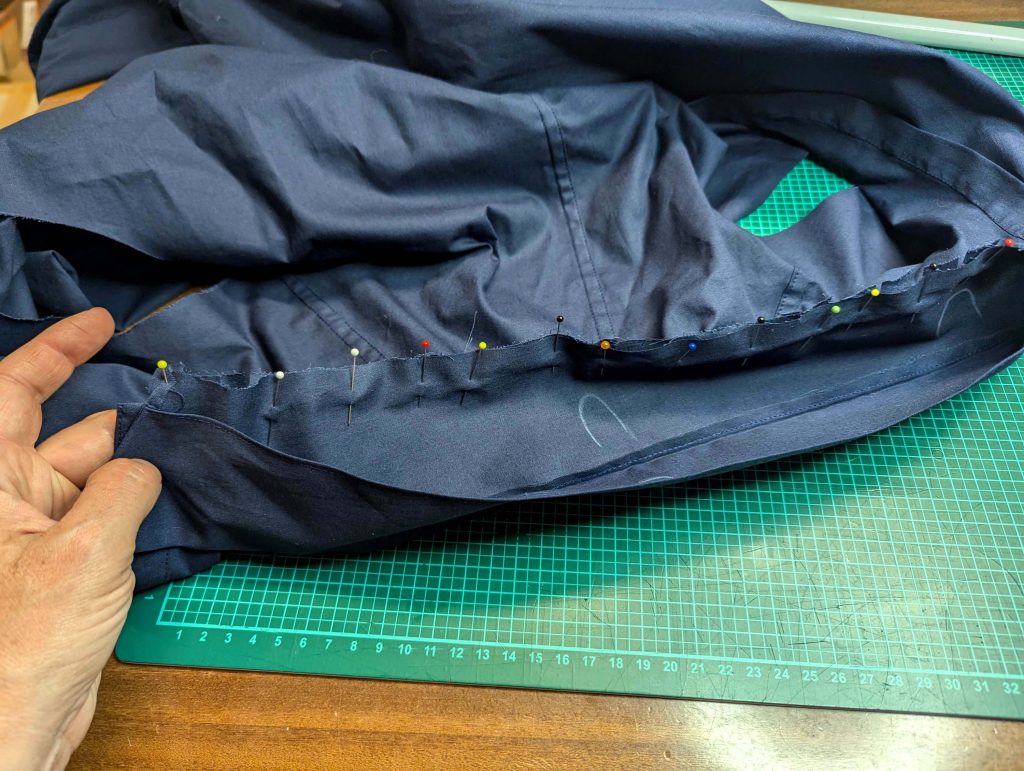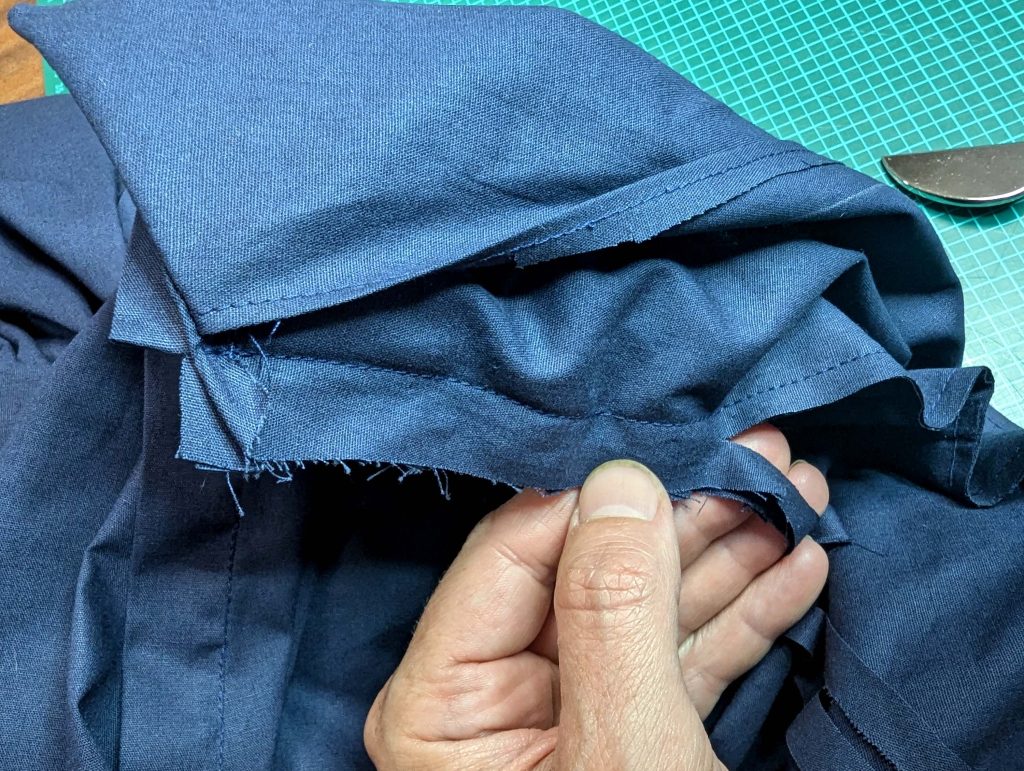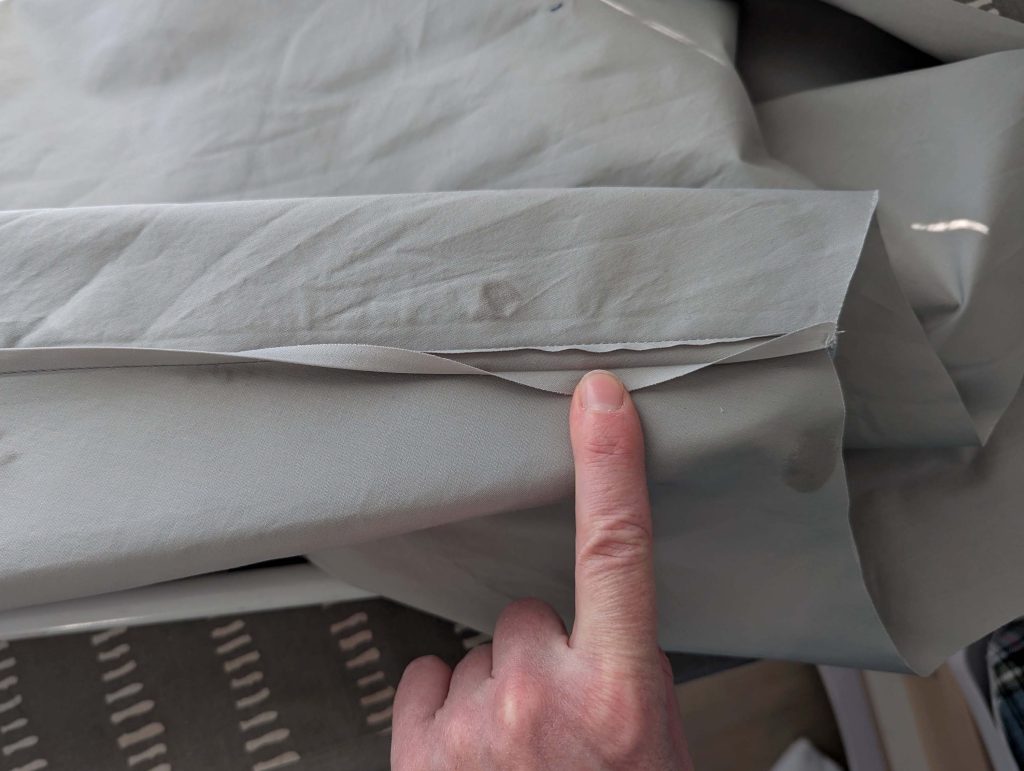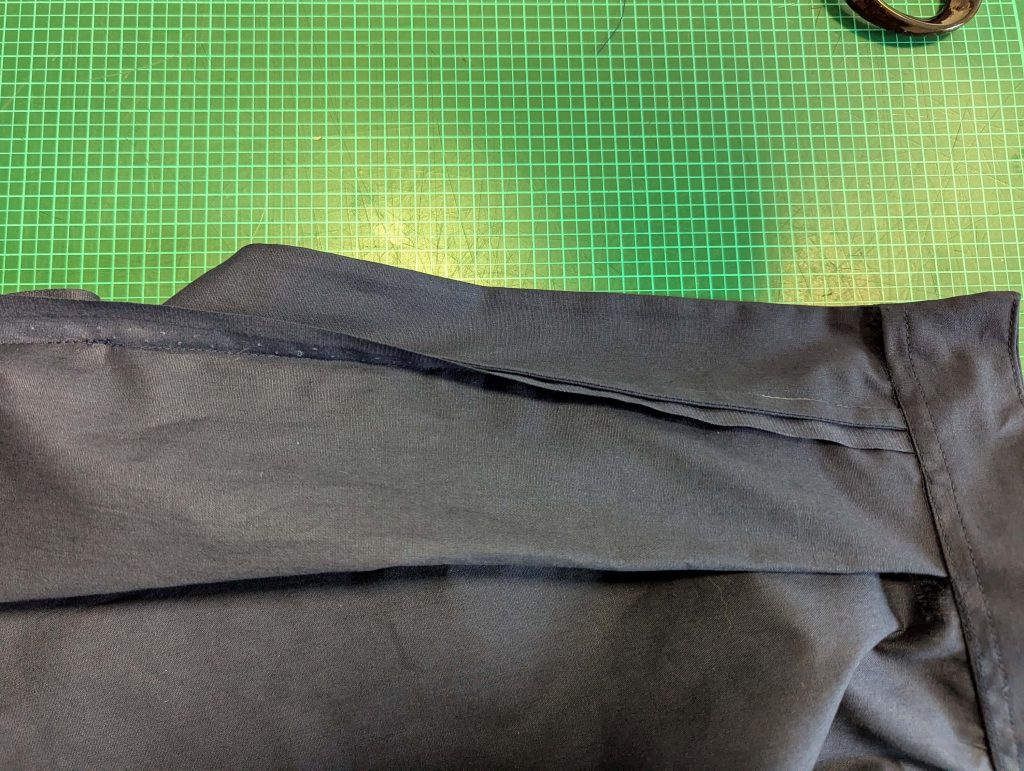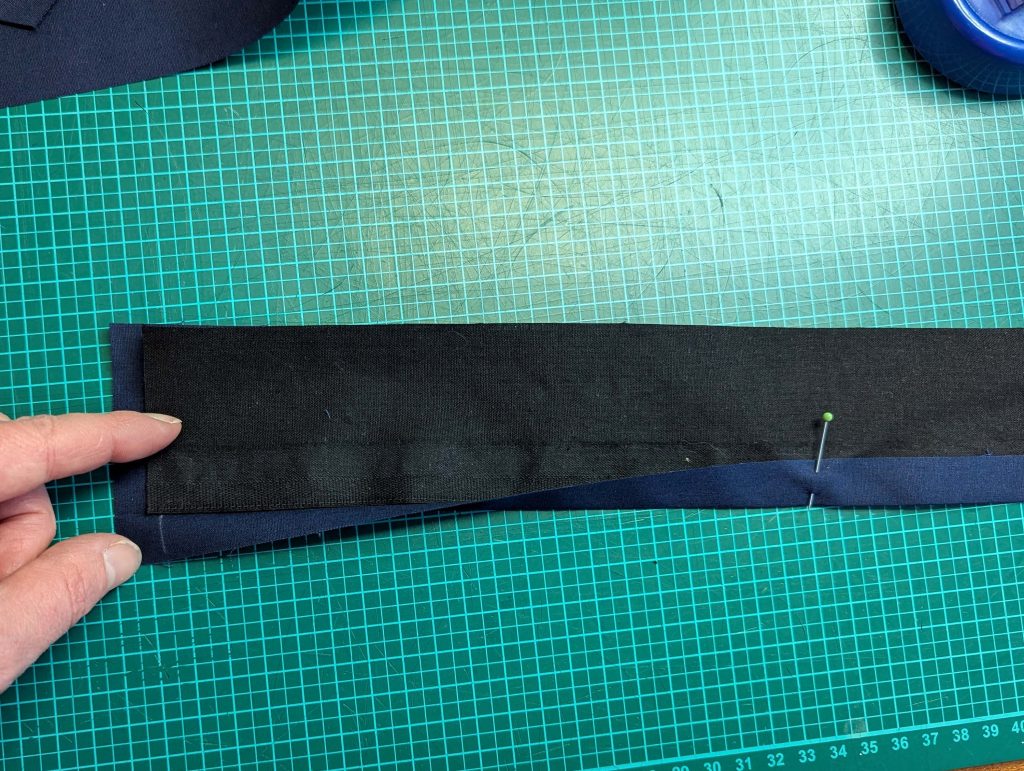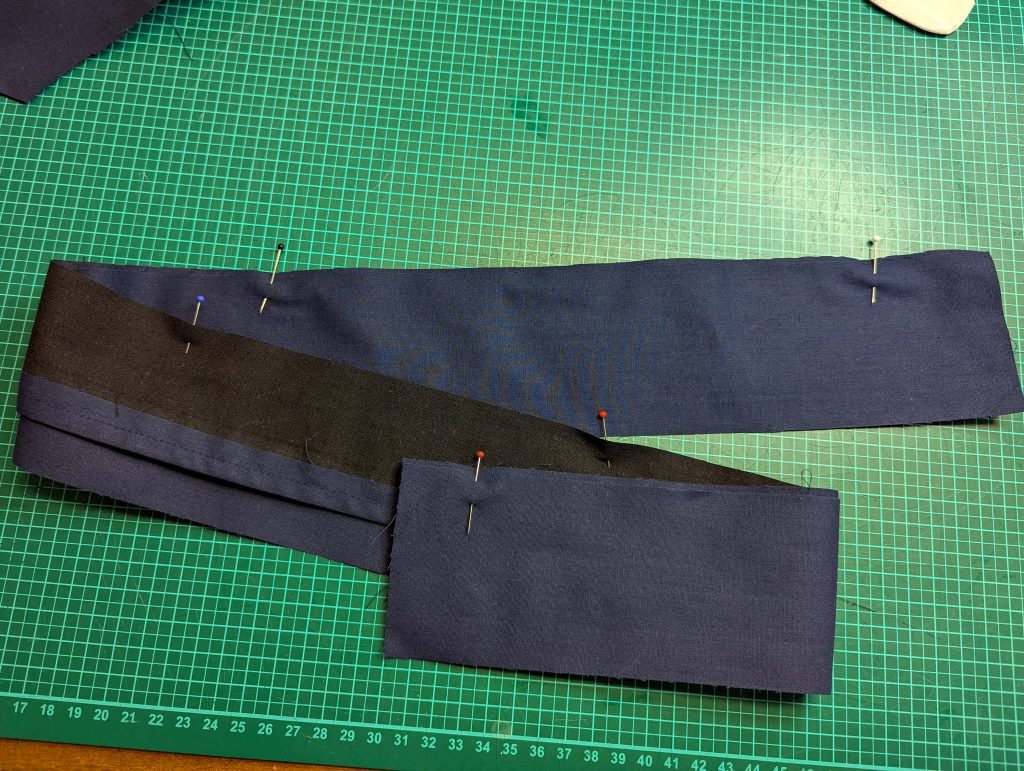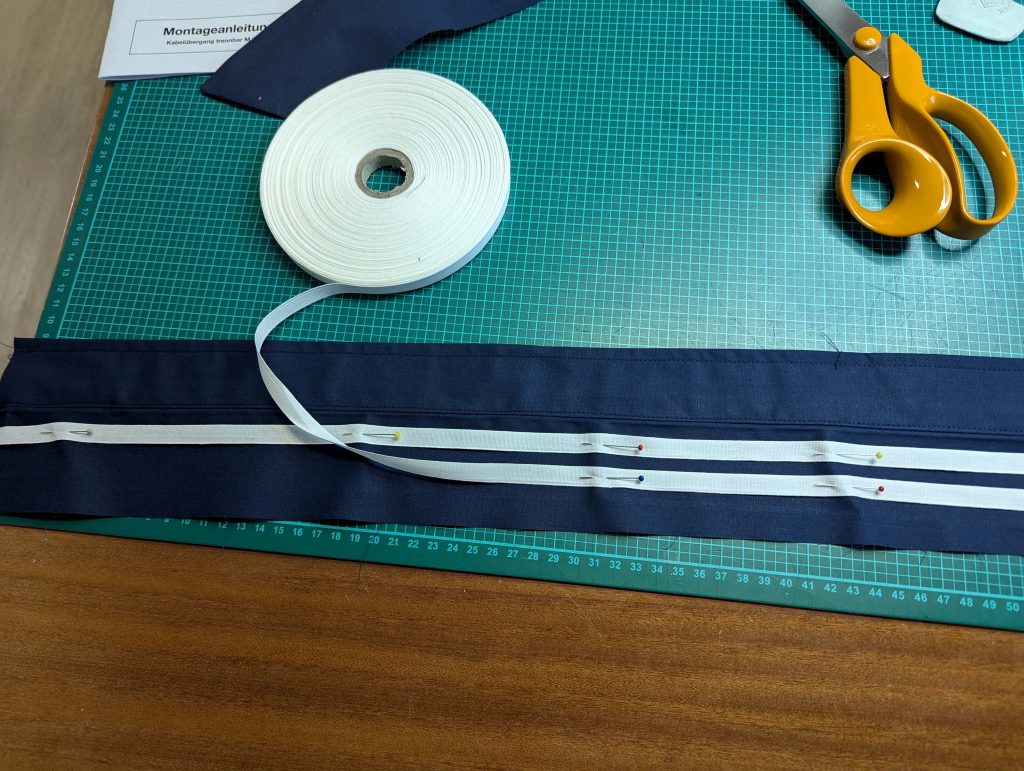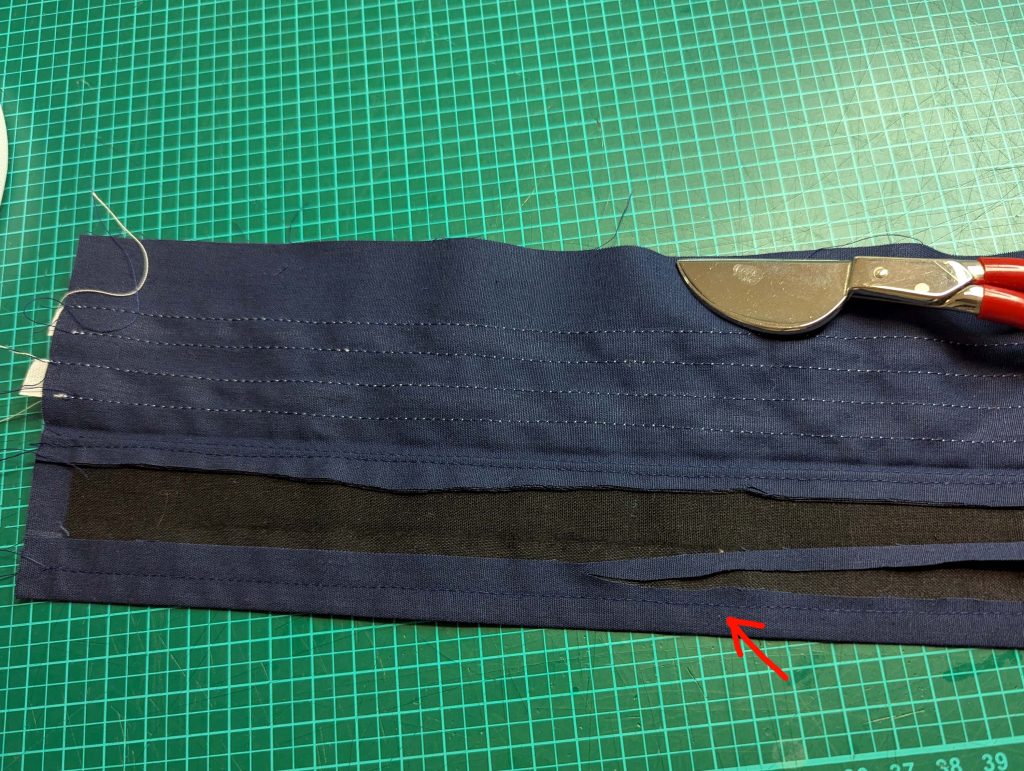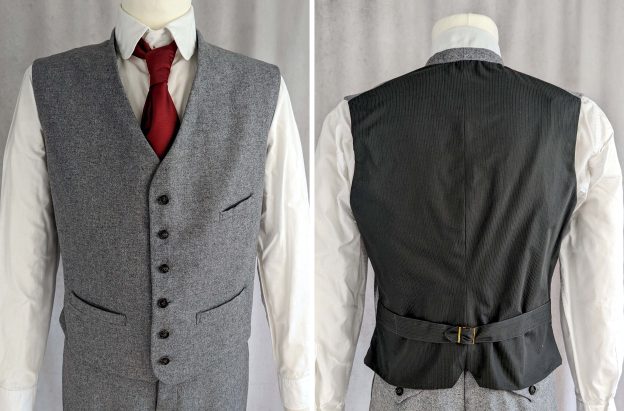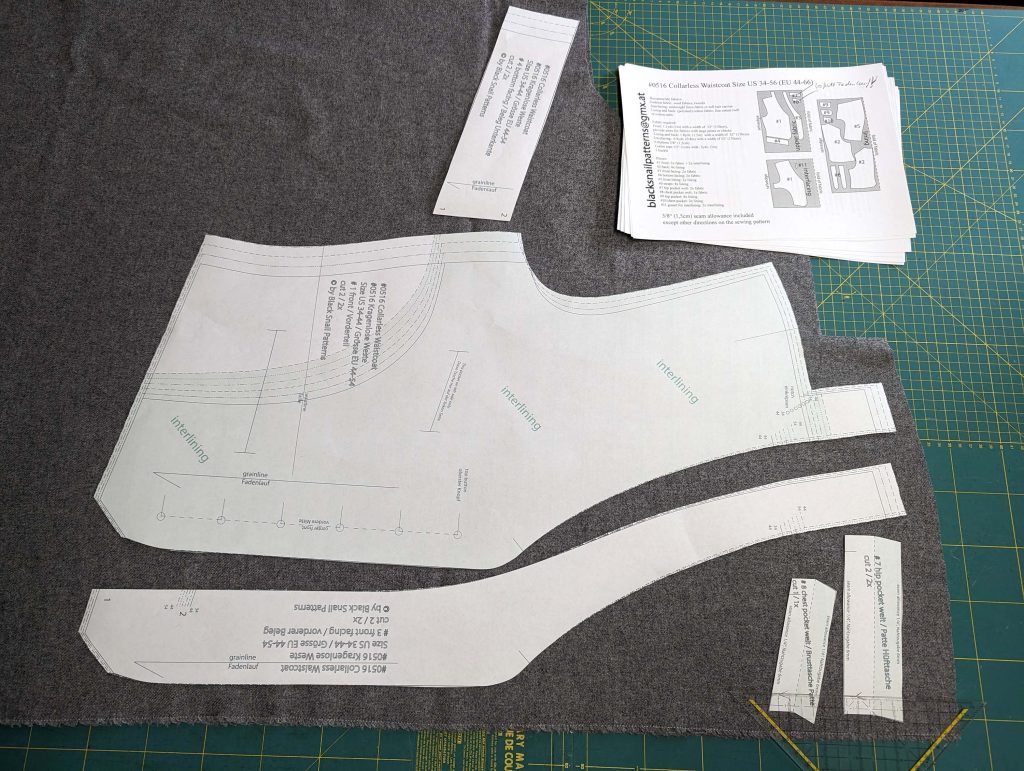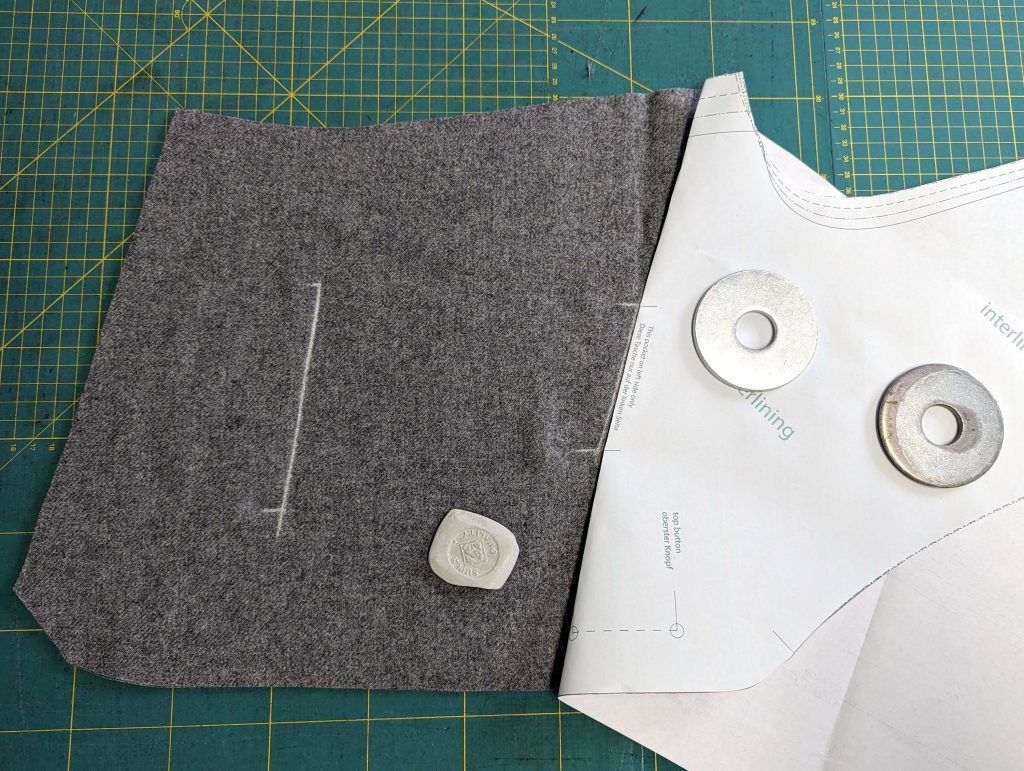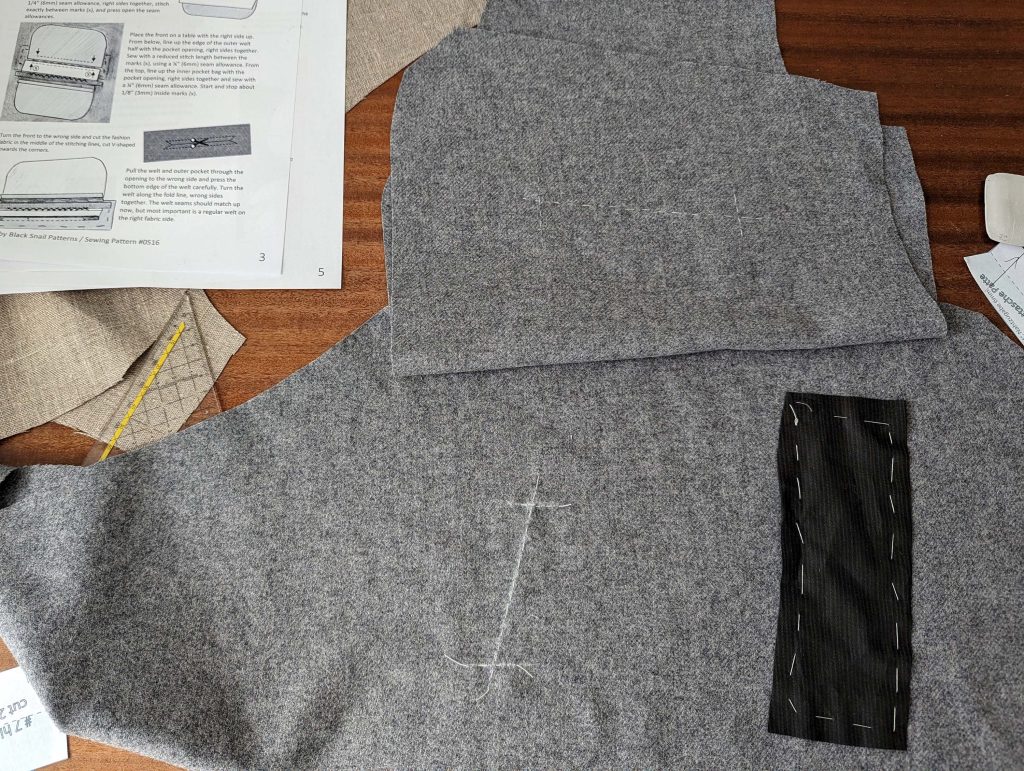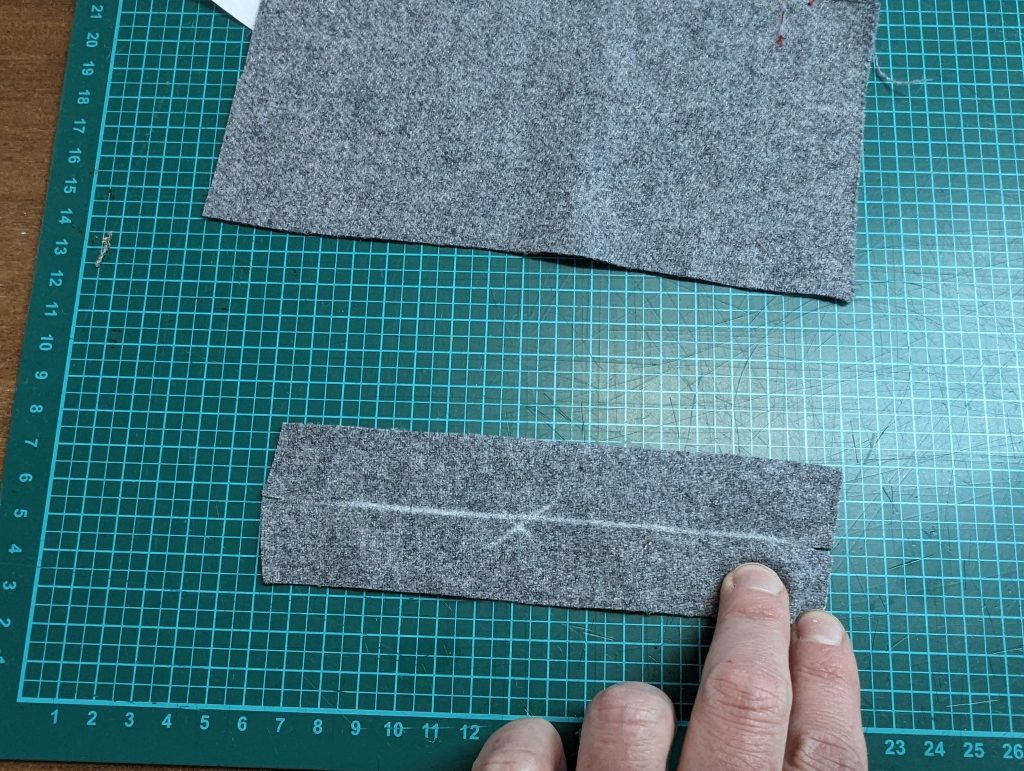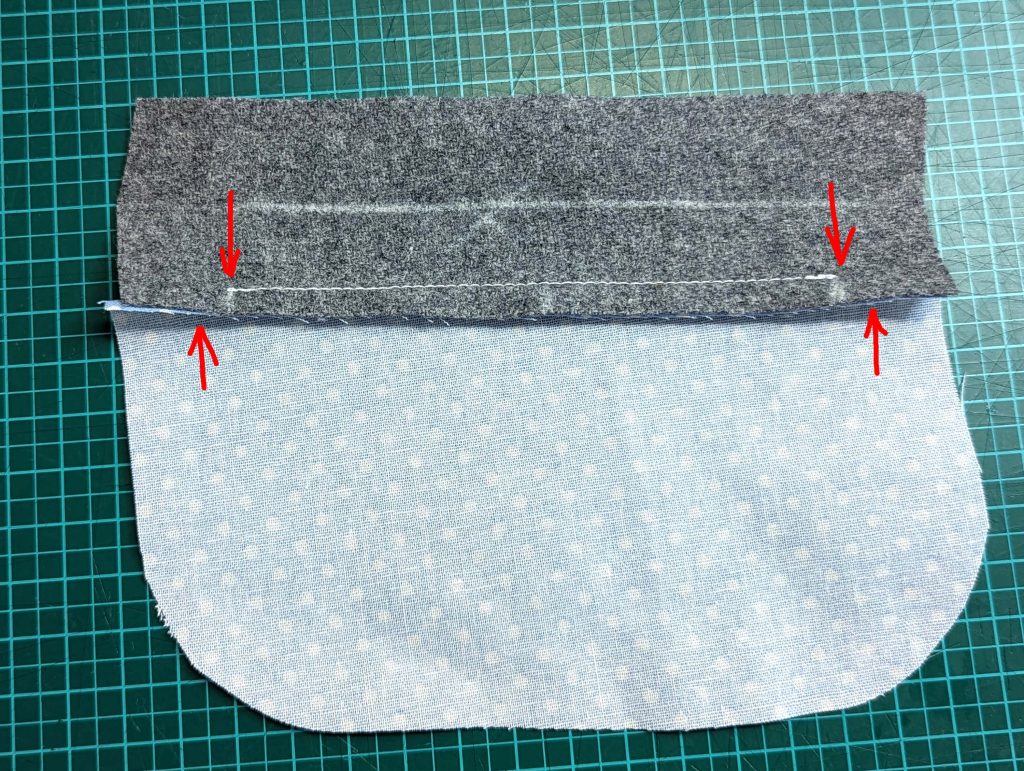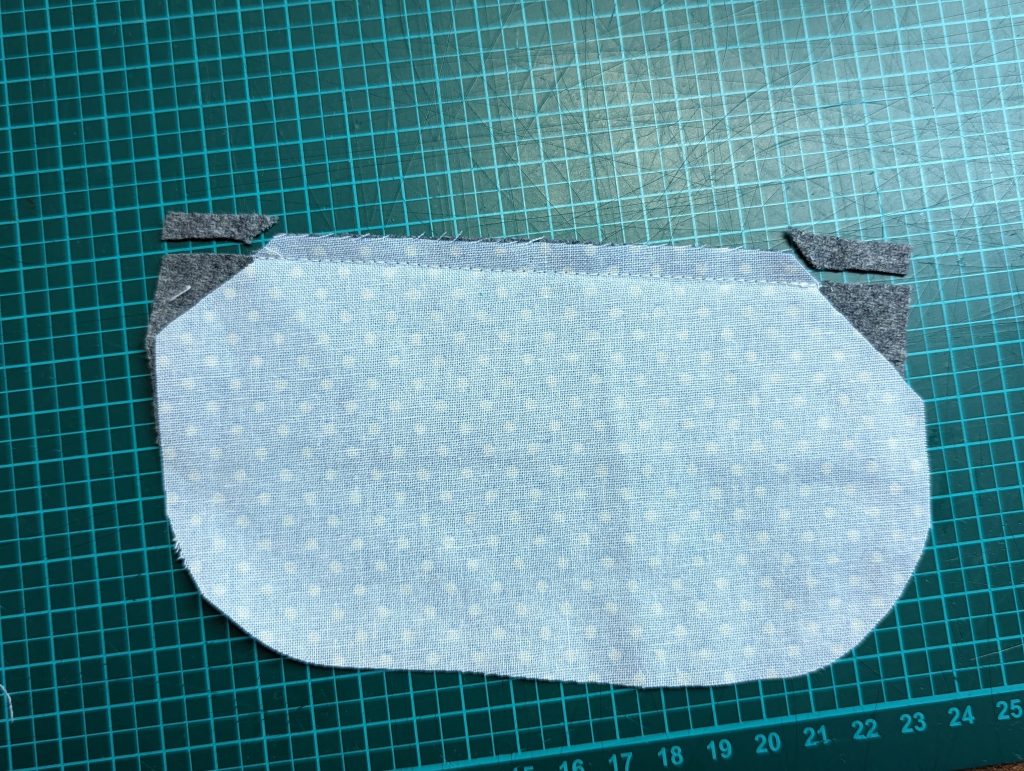It’s been quite a while since my last post, but this time, I have something special for you—a free pattern for a bathing cap from around 1900. This cap is actually part of a larger sewing project—a full bathing dress from the same era—which I’ll be releasing soon.
I wanted to share this part early so you can get started right away, or simply enjoy making a unique accessory from the past. Stay tuned for the complete bathing dress pattern, which is coming soon!
I’m sorry that I only have a few pictures this time, but I hope the instructions are detailed enough to help you along and that you’ll end up with a lovely cap.
Take the top and double-turn in the straight edge narrow, stitch in place. Sew two rows of gathering threads along the curved edge. Take the strips for the bow and fold them in half lengthwise, right sides together. Sew along the angled and the long edge, reducing the stitch length at the edges. Trim back the seam allowances and turn the right way out, press.
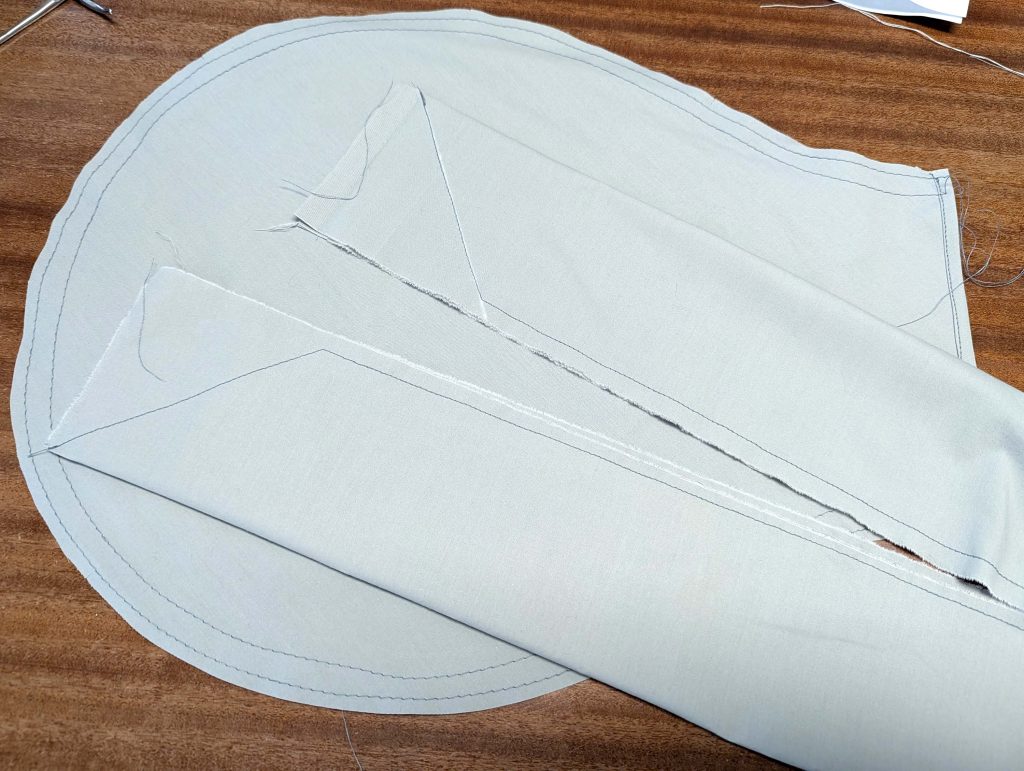
Take the headband and fold in half lengthwise, wrong sides together, press and reopen. Turn in the seam allowance along the inner edge, press and reopen. Sew the headband to the top, matching all marks. To do so, pull the gathering threads and spread the width of the top evenly. Press the seam allowances towards the headband.
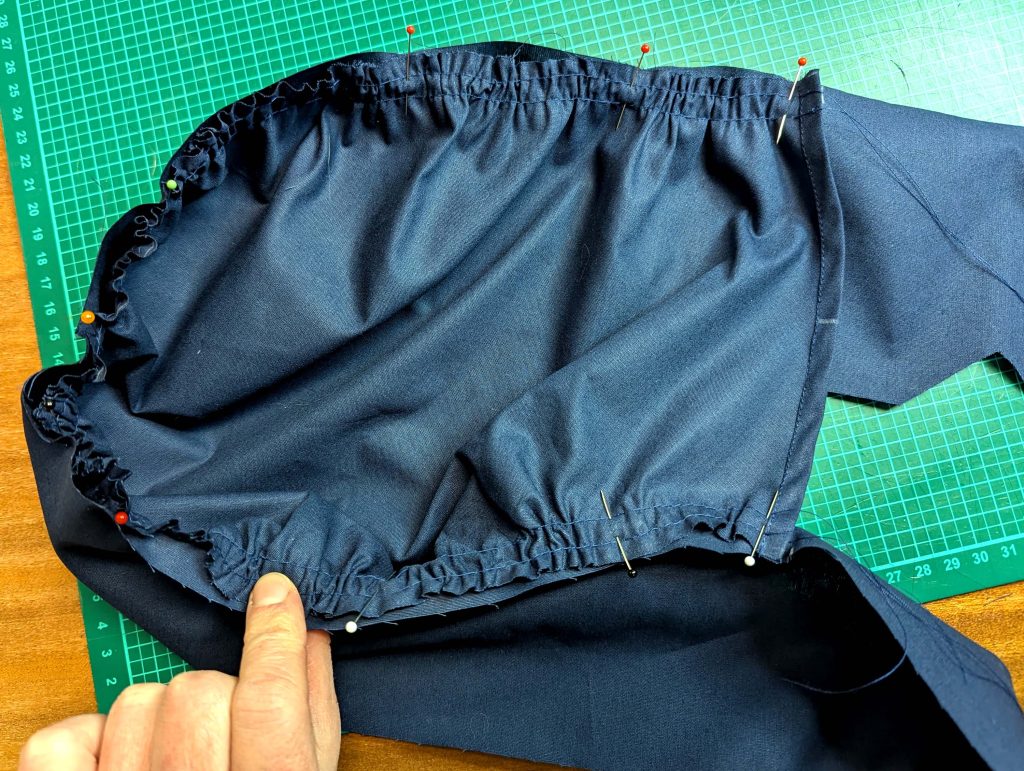
Fold the bow strips to match the width of the headband (2” (5cm)) along the open edge. Line up with the headband’s short edge, and fold the headband’s wrong sides together along the previously pressed-in edge, sandwiching the bow strip. Stitch along the short edge, then pivot and stitch down the long edge of the headband, without catching the bow strip, until reaching the top seam.
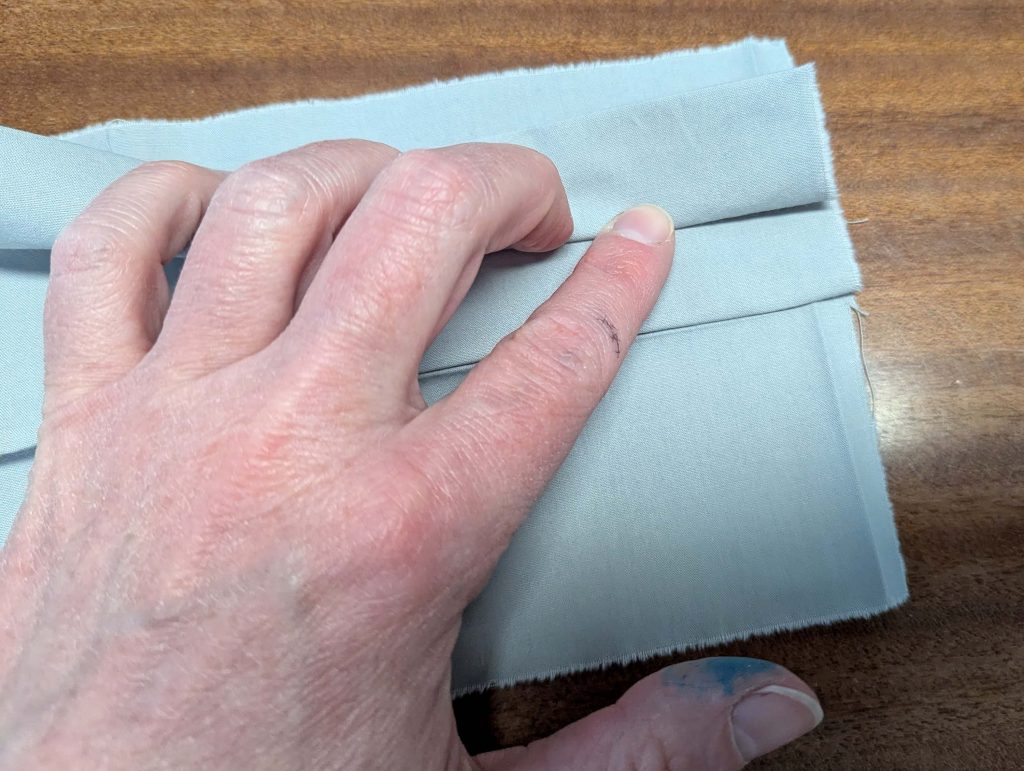
Trim back the seam allowance and turn the right way out. Press and line up the inner edge of the headband with the stitching line of the top.
Place the cap on your head, then wrap the headband around your head and tie a large bow at the front.
